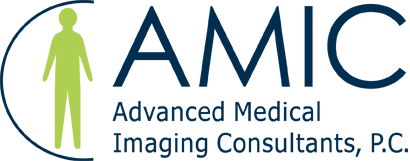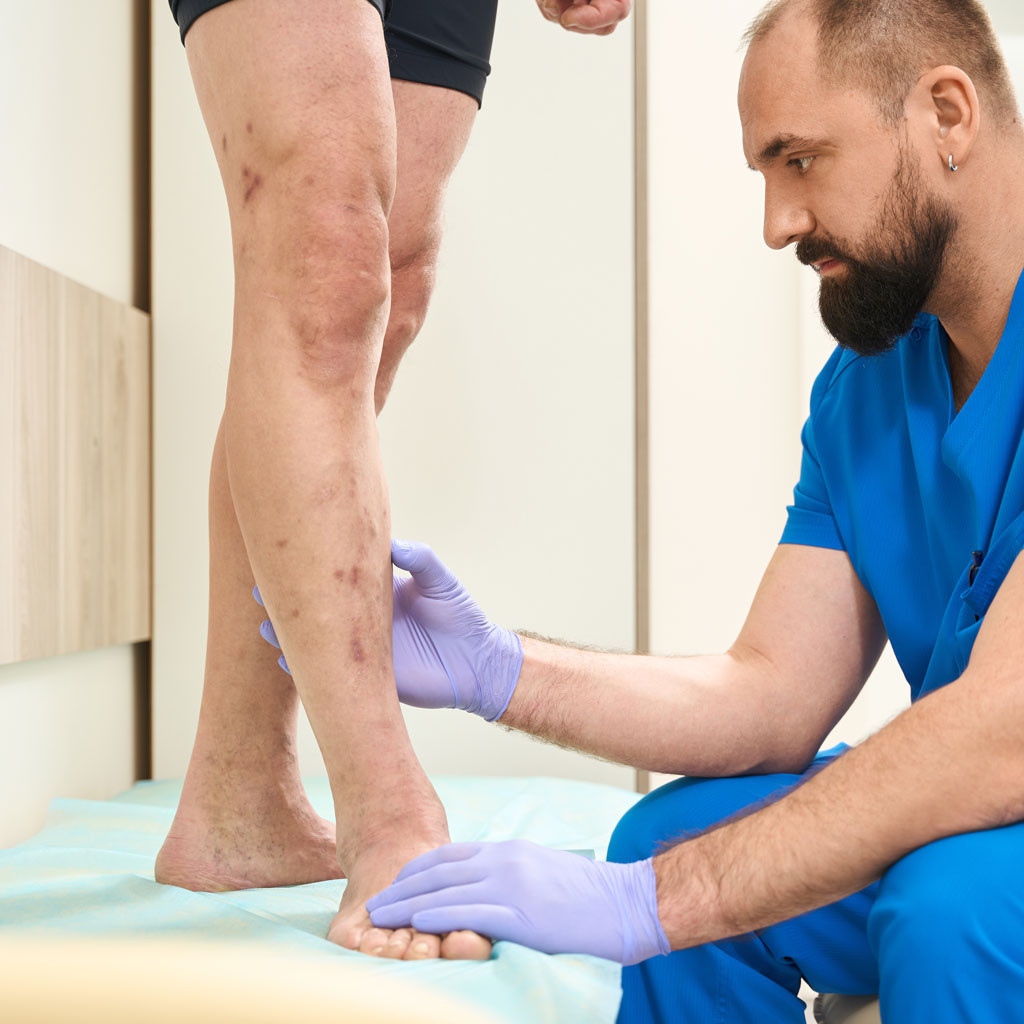Peripheral Artery Disease (PAD) is a common condition that occurs when narrowed arteries reduce blood flow to the limbs, often leading to pain, cramping, and mobility issues. If left untreated, PAD can increase the risk of heart attack, stroke, and amputation.
Understanding Peripheral Artery Disease Treatment
The primary cause of PAD is atherosclerosis, the same process that causes coronary artery disease. According to the Cardio Clinic, the strongest risk factors for developing PAD include: smoking, diabetes, high blood pressure (hypertension), and a sedentary lifestyle.
Mild cases of PAD can be managed with lifestyle changes and medication, but if severe, medical intervention is needed.
Lifestyle Changes for PAD Management
Lifestyle modifications are crucial in slowing disease progression and enhancing vascular health. Here are some changes to consider:
- Quit Smoking – Smoking is one of the leading risk factors for PAD.
- Adopt a Heart-Healthy Diet—A diet rich in fruits, vegetables, whole grains, and lean proteins can help lower cholesterol and blood pressure and reduce plaque buildup in the arteries.
- Exercise Regularly – Exercise can improve circulation and reduce leg pain.
- Manage Diabetes and High Blood Pressure: Controlling blood sugar and blood pressure.
- Maintain a Healthy Weight – Obesity is linked to an increased risk of PAD.
Medications for PAD Treatment
For many individuals, lifestyle changes alone may not be enough to manage PAD effectively. Common medications that may be prescribed include:
- Antiplatelet Drugs – Aspirin or clopidogrel (Plavix) can help prevent blood clots and reduce the risk of heart attack or stroke.
- Cholesterol-Lowering Medications – Statins help reduce LDL (bad) cholesterol levels, slowing the progression of PAD.
- Blood Pressure Medications – Controlling high blood pressure can minimize artery damage and improve circulation.
- Medications to Improve Blood Flow – Cilostazol and pentoxifylline can help reduce leg pain and improve walking distance.
Medical Procedures for Advanced PAD
In cases where lifestyle changes and medications are not enough, medical interventions may be necessary. These include:
- Angioplasty and Stenting – A minimally invasive procedure where a small balloon is used to open blocked arteries, and a stent is placed to keep them open.
- Atherectomy – A procedure that removes plaque buildup inside the arteries to restore blood flow.
- Bypass Surgery – In severe cases, surgeons may create a bypass around the blocked artery using a vein or synthetic graft.
- Catheter-Directed Thrombolysis – X-ray imaging guides a catheter to deliver special medication or a medical device to the site of a blood clot to dissolve the blockage.
The interventional radiologist partners of Advanced Medical Imaging Consultants offer minimally invasive treatments for PAD, such as stents and angioplasty, that do not require open surgery and have a faster recovery period.
When to Seek Medical Help
If you experience symptoms such as leg pain, numbness, slow-healing wounds, or changes in skin color, it is essential to consult your doctor. Early diagnosis and treatment can prevent serious complications and improve your quality of life.
Talk with your doctor to see if you may be a candidate for PAD treatment. You can learn more about PAD treatment on our PAD page.

